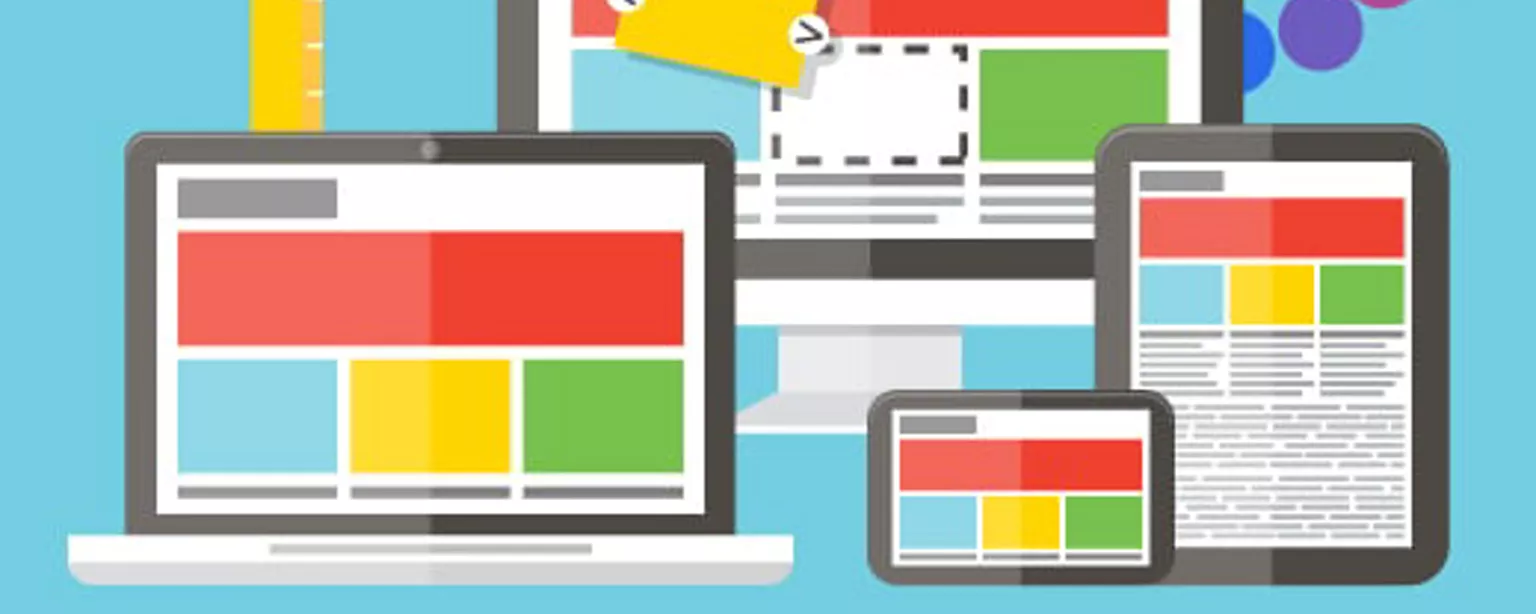Online portfolios are of the utmost importance for creative professionals today. If you’re in the process of developing a digital portfolio, you can’t afford to view it as a mere collection of work samples; you need to think of it as your preeminent marketing piece.
Following are expert tips on strategically developing a digital portfolio that pops.
Ram Castillo is an award-winning designer and art director, and author of How to Get a Job as a Designer, Guaranteed. He’s also the instructor of a CreativeLive course titled Create a Knockout Design Portfolio. Here, Castillo walks us through his top digital portfolio tips — what to include, what not to include, and how to put it all together to land that next creative job.
TCG: In your opinion, are there any hard-and-fast rules to follow when putting together a portfolio?
Ram Castillo: Absolutely, there are plenty. One of the most important is that it should be an online portfolio rather than a printed portfolio. Employers are incredibly time-poor, and the first instance they’ll be exposed to your work is usually on the Web. They can get a pretty good sense of your abilities and ideas from that touchpoint alone in one to two minutes.
In addition, the selection of work must be relevant to the job you’re applying for. This seems like a no-brainer, but it’s amazing how many people don’t tailor their portfolio.
Remember: your portfolio should be a refined selection of your best work that is customized to speak to the creative role you are seeking.
Some of my other rules for your digital portfolio include:
- It must be mobile-responsive.
- It must have your name and/or logo clearly visible in the header.
- It must feature quality photos or renderings of your work. (See video tutorial below.)
- It must have adequately sized thumbnail images. Don’t fall into the trap of making your thumbnails too small just so you can fit your entire collection of work within the 600-pixel fold. Thumbnails are there to show a preview of a piece that can be clearly seen.
- It must integrate and encourage effortless social media shareability within each project. If your work is awesome, people are likely to share it. Make it easy for them to do so. Even if just one person shares one of your projects, let's say on Facebook, two powerful things happen. The first is that your work has now been exposed to that person’s friends. The second is that you've won an advocate for your brand, which means you're increasing your potential for future work.
- It must feature captions for context. The five pieces of information I suggest including are: Client, Agency (where applicable), Challenge (highlight the primary objective in two or three sentences), Role (specify your role and give credit where it’s due), and Results (explain how the project was received when it rolled out).
TCG: How many work samples should you include in an online portfolio?
RC: The first three projects that are revealed to the viewer must be your strongest creative projects. The more work you show, the more you’re distracting the viewer from seeing the pieces that make your abilities shine. It’s far better to have five quality projects showing five creative pieces for each than 20 projects with 10 or more creative pieces within them.
TCG: What’s the most common mistake people make when presenting portfolios during job interviews?
RC: Often, job candidates get into the habit of stating the obvious. Instead, talk deeply and intimately about each project. Discuss the details of the creative brief, the objectives, the challenges and the reason for reaching that solution. Through this storytelling, the employer will begin to gauge your level of idea generation, creative problem-solving abilities and enthusiasm. Speaking of enthusiasm, it’s really important to get excited about the work. It doesn’t matter if it’s for a big client or small client. You must speak passionately about what the problem or opportunity was — and how you solved it.
Searching for a job or freelance work? We can help! Contact our nearest office to speak to one of our recruiters.







